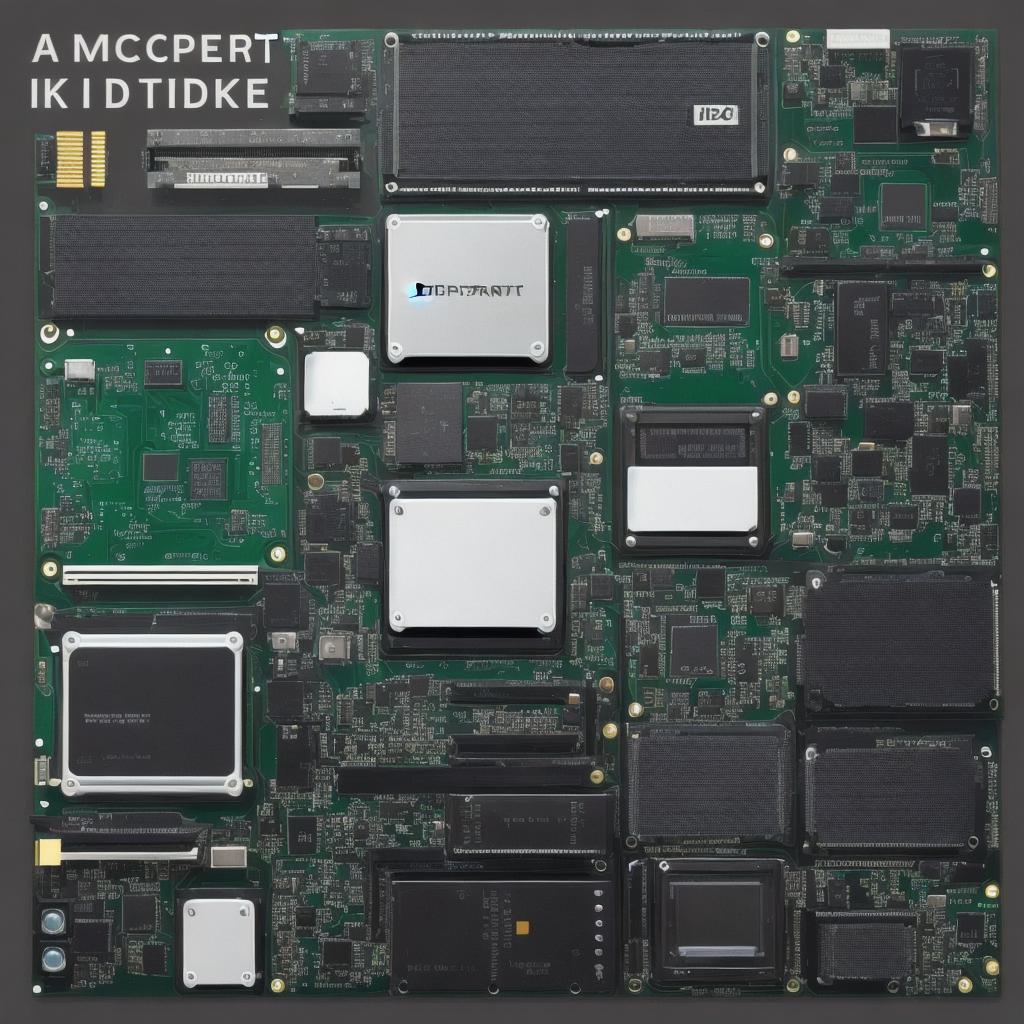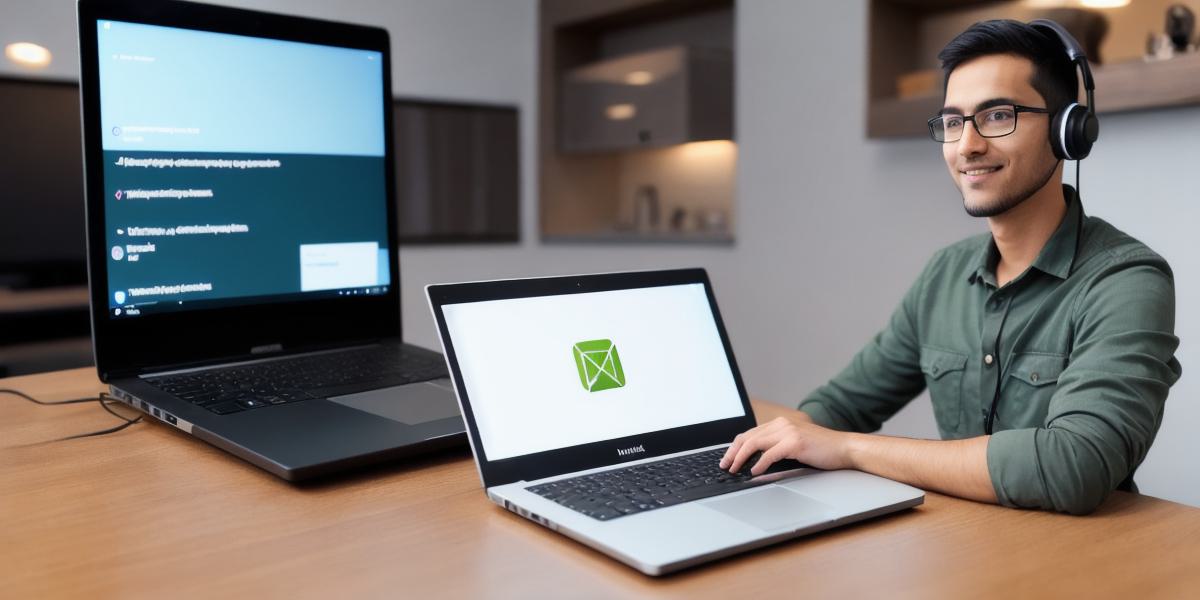As the world becomes increasingly mobile, it’s no surprise that Android development has become one of the most popular and in-demand skills in the tech industry. With over 80% of the global smartphone market share, Android is the go-to platform for developers looking to create innovative and engaging apps.
In this comprehensive guide, we’ll explore everything you need to know about Android development, from the basics of Java programming to the latest trends in app design. We’ll also delve into real-world examples and case studies to help you understand how Android development works in practice.
Getting Started with Android Development
Before we dive into the specifics of Android development, let’s first take a look at the basics. To get started with Android development, you’ll need to have a few key tools and skills:
- A computer with Java Development Kit (JDK) installed: The JDK is a software development environment that allows you to write, compile, and run Java code. It’s essential for any Android developer.
- Integrated Development Environment (IDE): An IDE is a software application that provides a complete environment for developing applications. Some popular IDEs for Android development include Android Studio, Eclipse, and IntelliJ IDEA.
- Basic knowledge of Java programming: While Android development doesn’t require you to be a master of Java, it does help to have some basic knowledge of the language. This will make it easier for you to understand the code and build more complex apps.
- A Google account: You’ll need a Google account to access the Android Developer Console, where you can manage your app development projects, submit your apps to the Google Play Store, and more.
Once you have these tools and skills in place, you can start building your first Android app.
The Android Development Process
Now that we’ve covered the basics let’s take a closer look at the actual development process for Android apps. The process typically involves the following steps:
- Planning and Design: This is the most important phase of the development process, where you’ll come up with the concept for your app and design its user interface.
- Development: In this phase, you’ll write the code for your app using Java and any other necessary programming languages. You’ll also integrate any third-party libraries or APIs that your app requires.
- Testing: Before submitting your app to the Google Play Store, you’ll need to thoroughly test it to make sure it works as expected and is free of bugs.
- Publishing: Once you’re satisfied with your app, you can publish it to the Google Play Store. This will make it available to users around the world.
- Maintenance: Finally, you’ll need to maintain your app by fixing any bugs that arise, adding new features and updates, and responding to user feedback.
Real-World Examples of Successful Android Apps

To help illustrate how Android development works in practice, let’s take a look at some real-world examples of successful Android apps:
- Uber: Uber is one of the most well-known Android apps out there, with over 100 million users worldwide. The app allows users to easily request rides and track their drivers in real-time. It uses a variety of APIs and third-party libraries to provide a seamless user experience.
- Instagram: Instagram is another hugely popular Android app, with over one billion monthly active users. The app allows users to share photos and videos, follow other users, and more.
